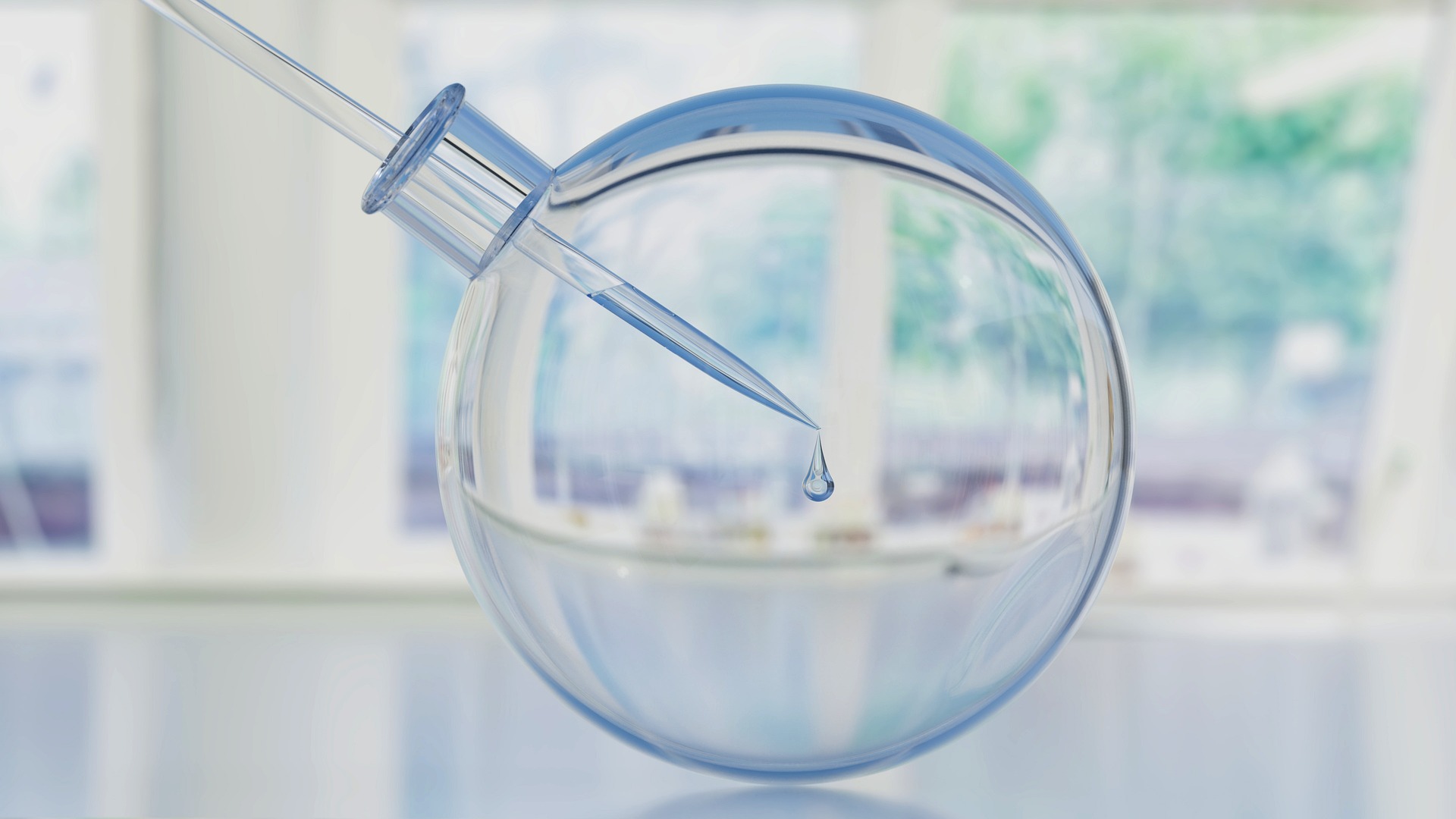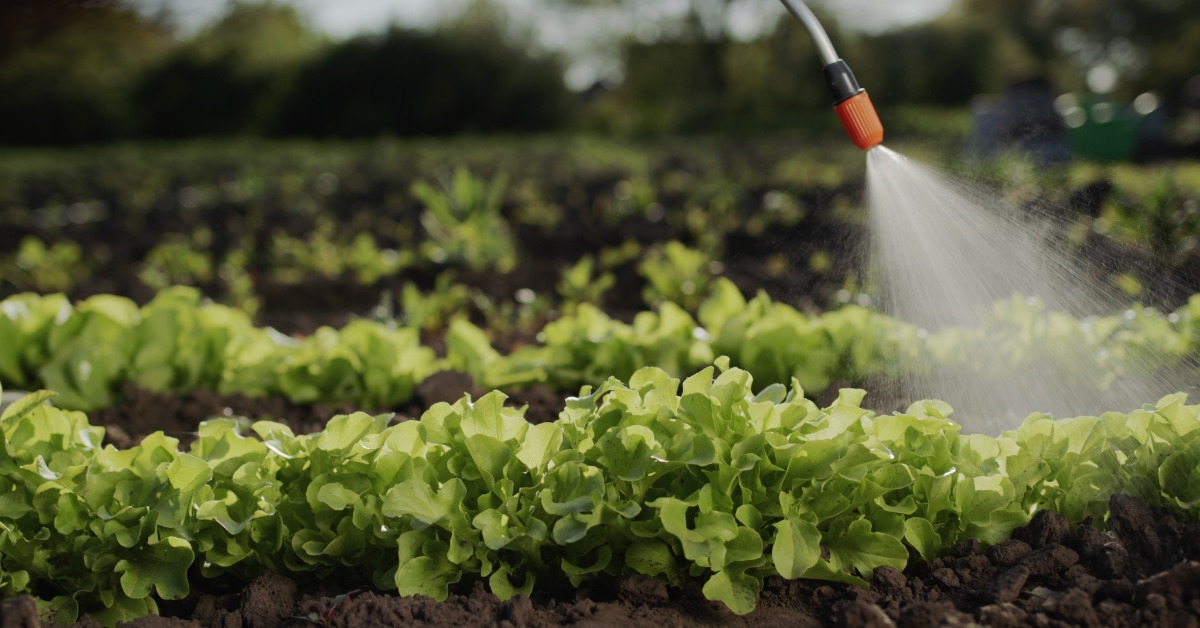Polylysine From Microscope Slides
Q: Will Alconox remove the polylysine coating from microscope slides?
A: Polylysine is a commonly used preservative composed of the amino acid lysine in a long polymeric chain. It is removed with either basic hydrolysis, enzymatic processes, or a combination of both.
Detergent Residue Interaction with Ketones and Solvents?
Q: We currently use Alconox to clean glassware at our facility. Do you have any studies showing potential Alconox detergent residue interaction with organic ketones and/or other organic solvents?
The short answer is that Alconox detergent, like all Alconox Inc. detergent products, are designed to be completely free-rinsing. Therefore leaving no residues to speak of. However, incomplete rinsing can of course happen. So this verification is important.
Removing PFOS and PFOA from Lab Glassware
Q. We need to remove perfluorooctanoic acid (PFOA) and perfluorooctyl sulfonate (PFOS) from laboratory glassware and stainless steel. Since they are inorganic residues, we’re using acidic cleaners, but are not finding them as effective as we expected. Any recommendations?
A. PFOS and PFOA are polar, anionic surfactants. They will best be cleaned by a high-emulsifying, anionic-surfactant-containing cleaner that can make mixed micelles to efficiently remove these residues from surfaces….
Guidelines for Triple Rinsing
Q. is there any industry guidance on triple rinsing…any literature that you know of that this is the accepted standard for manual cleaning that you could provide me?
A. To our knowledge, there are no authoritative source documents to define how many times you should rinse glassware. The logic behind a triple rinse is that, in filling and emptying a vessel three times with water, each time you are diluting by 2 orders of magnitude. In theory . . .
Cleaning Fungus Residues from Mycoinsecticide
Q: How do you clean biofilm residuals and the fungus residue from mycoinsecticide? A: A mycoinsecticide is a microbial insecticide whose active ingredient is a living fungus that is pathogenic to a targeted group of pests, insects and other biocontrolled species. It is used in industries from food production, biotech, cannabis and of course the laboratories supporting those industries.




